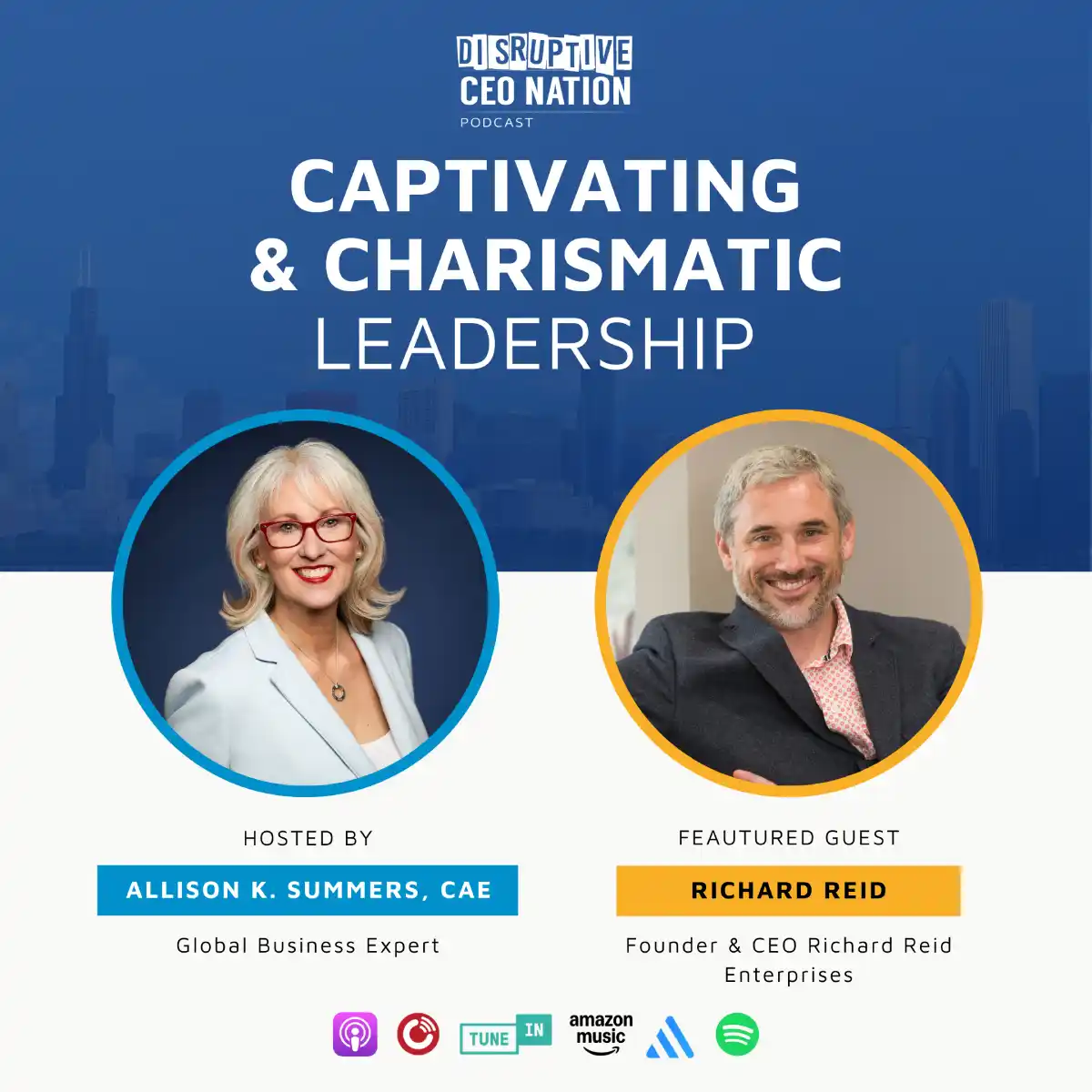I. Introduction
In workplaces around the globe, tension persists between the drive for individual achievement and the need for collective success. While personal ambition often spurs innovation and productivity unchecked, it can erode collaboration, create silos, and ultimately hinder organisational potential. Conversely, fostering a “we” culture—where individuals prioritise group goals over personal ones—can transform organisations into cohesive units that thrive on shared purpose and mutual accountability.
Balancing these dynamics has become increasingly critical in today’s interconnected and fast-paced business landscape. The emphasis on collaboration and cross-functional teamwork is growing, yet many organisations grapple with individualism embedded in performance metrics, reward systems, and cultural norms. This whitepaper explores the psychology behind individualism and collectivism, offers actionable strategies for fostering a “we” culture, and provides tools for measuring its success. By prioritising collaboration over competition, leaders can cultivate environments where both individual and collective achievements flourish.
II. The Psychology of Individualism vs. Collectivism
Definitions and Cultural Considerations
Individualism and collectivism are cultural frameworks that shape how people perceive themselves and their relationships with others. Rooted in the work of Hofstede (1980), these concepts are often used to describe personal and organisational behaviours.
- Individualism: A focus on personal independence, self-reliance, and individual achievements. People in individualistic cultures prioritise personal goals over group objectives. Examples of individualistic cultures include the United Kingdom and the United States.
- Collectivism: A focus on interdependence, shared goals, and group harmony. Collectivist cultures value cooperation and consider individual success as a reflection of collective outcomes. This phenomenon is often observed in countries such as Japan and South Korea.
For organisations, the intersection of individualism and collectivism occurs as employees balance personal career aspirations with contributing to team or company objectives. In highly individualistic workplaces, silos may develop, where departments or employees work in isolation, competing for recognition. Conversely, overly collectivist environments may risk stifling innovation or underappreciating standout contributors.
Impact on Teamwork and Collaboration
Understanding these two frameworks illuminates how they impact workplace dynamics:
- Strengths and Drawbacks of Individualism:
- Strengths: Encourages initiative, innovation, and a meritocratic approach where high achievers are rewarded. Individualism fosters ownership of tasks and motivates workers to excel independently.
- Drawbacks: Leads to competition rather than collaboration, undermining team cohesion. Employees may prioritise their success at the expense of group goals.
- Strengths and Drawbacks of Collectivism:
- Strengths: Builds empathy, inclusiveness, and shared accountability. Teams aligned around common goals often show higher trust and resiliency.
- Drawbacks: Risks “groupthink,” where decisions lack critical evaluation due to the desire to maintain harmony. Standout contributions may receive less recognition, which can reduce motivation for some individuals.
Research shows that high-functioning teams often benefit from a balanced approach—one that fosters individuality within a collective framework. Edmondson’s work on psychological safety (1999) highlights how environments that respect differing contributions and prioritise collaboration strengthen teamwork, creativity, and performance.
III. Strategies for Fostering a “We” Culture
1. Building a Shared Vision
An aligned vision ensures that individual and collective goals feel inseparable. Employees are more motivated to contribute to collective success when they see how their work aligns with the larger purpose.Actionable Strategies:
- Collaborative Goal Setting: Involve employees in crafting team and company goals, ensuring they feel a personal stake in the shared vision.
- Emphasise Purpose: Regularly communicate how the organisation’s mission impacts stakeholders, communities, or industries. Create a narrative that ties personal contributions to a more significant cause.
- Storytelling: Share success stories that demonstrate how collective efforts led to meaningful achievements, inspiring a sense of pride and unity.
2. Encouraging Collaboration Over Competition
Shifting from “ME” to “WE” requires dismantling systems and behaviours that prioritise personal achievements at the expense of collaborative success.Actionable Strategies:
- Reward Team Efforts: Update performance appraisals to balance individual achievements with team contributions. Introduce awards that recognise outstanding collaboration.
- Create Cross-Functional Projects: Assign joint tasks that require collaboration between departments, breaking down silos and encouraging knowledge sharing.
- Leverage Peer Mentorship: Pair employees of different experience levels to foster mutual learning, where both mentor and mentee benefit from the relationship.
Example: A creative agency in the UK implemented an “Innovation Circles” programme, pairing teams across disciplines to solve challenges collaboratively. This initiative resulted in a 25% increase in creativity-driven solutions.
3. Foster Psychological Safety
Psychological safety—the belief that individuals can express ideas, questions, or concerns without fear of embarrassment or retaliation—is the foundation of a collaborative “we” culture. When present, employees are more likely to contribute authentically and align energies toward shared outcomes.Actionable Strategies:
- Model Leadership Vulnerability: Leaders should acknowledge mistakes, seek feedback, and be transparent about challenges. This normalises open dialogue.
- Encourage Constructive Feedback: Train employees and managers to provide feedback in a way that highlights potential solutions rather than assigning blame.
- Team Reflection Practices: Integrate regular team retrospectives to evaluate what’s working and identify areas for improvement without criticism.
4. Promote Inclusive Collaboration Tools
Technology plays a crucial role in fostering a collaborative environment by providing platforms for transparent communication, resource sharing, and informed decision-making.Recommended Tools:
- Slack or Teams: Promote open channels for discussions and input.
- Trello or Asana: Provide visibility into team workflows and responsibilities, ensuring accountability while supporting collaboration.
- Miro or Figma: Facilitate visual brainstorming and shared design work across teams.
5. Balance Individual Ownership with Team Goals
While fostering collaboration, it is equally vital to provide space for individuals to take ownership, innovate, and excel.Actionable Strategies:
- Flexible Goals: Assign goals that can only be partially achieved individually, with additional success dependent on collaboration and teamwork.
- Personal Growth Plans: Offer employees opportunities to pursue their career ambitions while contributing to team objectives.
- Celebrate Diverse Strengths: Acknowledge how unique talents enrich the collective by rewarding individuals for their distinctive contributions.
IV. Measuring Success
Indicators of a Successful “We” Culture
The following metrics can provide insight into the effectiveness of cultural shifts:
- Employee Engagement: Are employees consistently satisfied and motivated? Engagement surveys are a valuable tool.
- Collaboration Rates: Assess the frequency at which team members work cross-functionally. Frequent collaboration often signals lowered silos.
- Reduced Turnover: A collaborative culture tends to retain employees who feel valued and connected to their peers and colleagues.
- Conflict Resolution Success: Monitor how effectively conflicts are addressed. A strong “we” culture translates to faster, more constructive resolutions.
- Innovation Metrics: Track the quantity and quality of new ideas proposed by teams compared to individuals.
Tools for Assessment
To measure the success of efforts, consider employing the following tools:
- Employee Surveys: Platforms like Culture Amp or Peakon help track employee engagement, psychological safety, and perceptions of collaboration.
- Collaboration Dashboards: Tools like Microsoft Viva Insights offer real-time analytics on team collaboration patterns.
- Performance Reviews: Revise appraisals to include evaluations of team contributions alongside personal achievements.
V. Conclusion
Modern organisations increasingly recognise the importance of moving from “ME” to “WE,” embracing collective success as a driver of sustainable performance and innovation. While individual excellence remains valuable, it must exist within the framework of shared goals, collaboration, and a culture of psychological safety.
By understanding the psychological underpinnings of individualism and collectivism, leaders can begin to dismantle harmful competition and foster environments where both individual talents and collective efforts are celebrated. From building a shared vision to rethinking reward structures, the strategies outlined in this whitepaper provide a roadmap for cultivating a thriving “we” culture.
Ultimately, the shift from “ME” to “WE” is not an organisational luxury—it is a necessity for navigating the complex challenges of today’s interconnected workplaces. Leaders must champion collaboration, empower individuals to thrive as part of a collective, and embed trust and respect at the core of their business practices.Key Recommendations for Leaders:
- Foster active collaboration by aligning individual ambition with shared objectives.
- Foster psychological safety within team dynamics, promoting open and honest communication.
- Measure and reward team contributions as frequently as individual achievements.
By investing in collaboration, organisations can create environments capable of achieving extraordinary success through the unity of their people.
References
- Brown, B. (2018). Dare to Lead: Brave Work. Tough Conversations. Whole Hearts. Vermilion.
- Edmondson, A. C. (1999). “Psychological Safety and Learning Behavior in Work Teams”. Administrative Science Quarterly, 44(2).
- Goleman, D. (1996). Emotional Intelligence: Why It Can Matter More Than IQ. Bantam Books.
- Hofstede, G. (1980). Culture’s Consequences: International Differences in Work-Related Values. Sage Publications.
- VitalSmarts. (2020). “The State of Workplace Relationships”.










